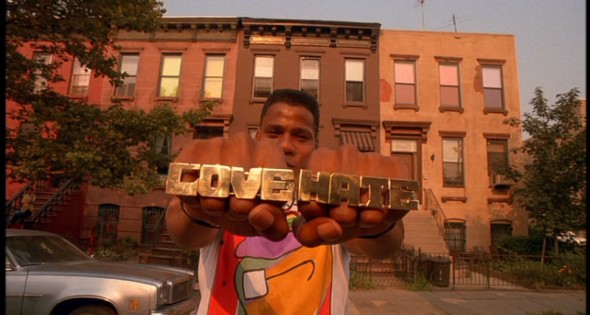Moving Images, Violence and Social Responsibility
Aaron Belz, poet, essayist, unapologetic Presbyterian, wry Twit (or is it Tweeter-er?), uncompromising champion of pop culture, and editor of The Curator magazine was kind enough to publish an expanded version of a blog I wrote a few weeks ago. While I don't pretend that the questions I raise can be easily resolved, I do think they're worth an honest conversation. I've posted below an excerpt from the essay which you can find in full here.
And as I head out to Los Angeles tomorrow to speak at an exciting conference, "Preaching in a Visual Age," I can't imagine a more un-boring topic than the way Americans conceive of the responsibility of the artist to society. For a short description of each plenary talk, go here. Happy All Hallows Eve and Happy All Saints Day, for what it's worth.
 |
| "The Towering Inferno" |
... What kind of questions might we ask ourselves? Perhaps these, for starters:
- What might result if filmmakers invited their community to participate not just with the final product’s marketability value but also with the whole process in which a film is made, from conception to reception?
- What benefit might be had if filmmaker listened with and to the regular sorts of people which comprise their lives, trusting that their imaginations would be all the better for it, precisely because the Holy Spirit was enlarging their imaginations because of their communities, not despite them?
- How might the practices of the Christian church—such as breaking bread together and prayer, acts of service and social reconciliation—inform the aesthetic habits of filmmakers?
In short, what would it look like to conceive of the artist not in opposition to society, not as an outsider at odds with society, but rather in fellowship with those who bear with and for the well-being of the artist, without any softening of the irritating contours of good works of art?
And now, three fun videos:



Comments
And my name is David, by the way.
I was amazed when I completed my first feature documentary at the list of people who contributed to the film in substantial ways from conception to completion. This wasn't because of some decision I made but out of necessity. I just got to be the public face of the film.
And while, in general, film and musical theater are inherently collaborative ventures, the work of sculptors and poets, for example, tends to be a more isolated venture.
Like I said, the questions I raise don't produce easy or obvious answers. But they're still worth asking.